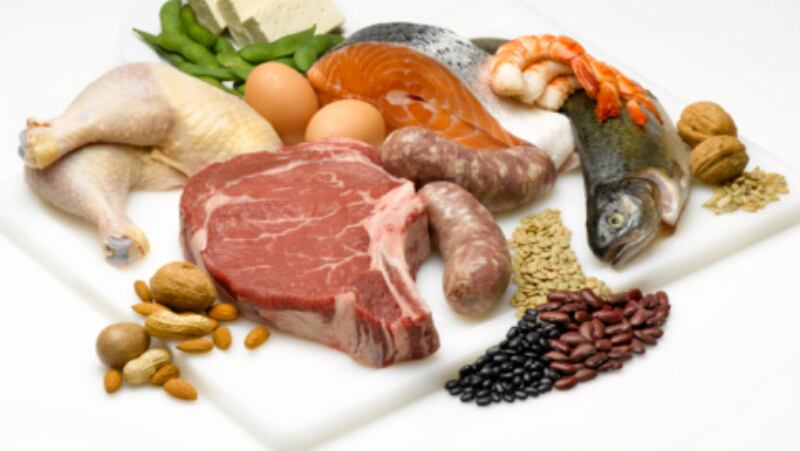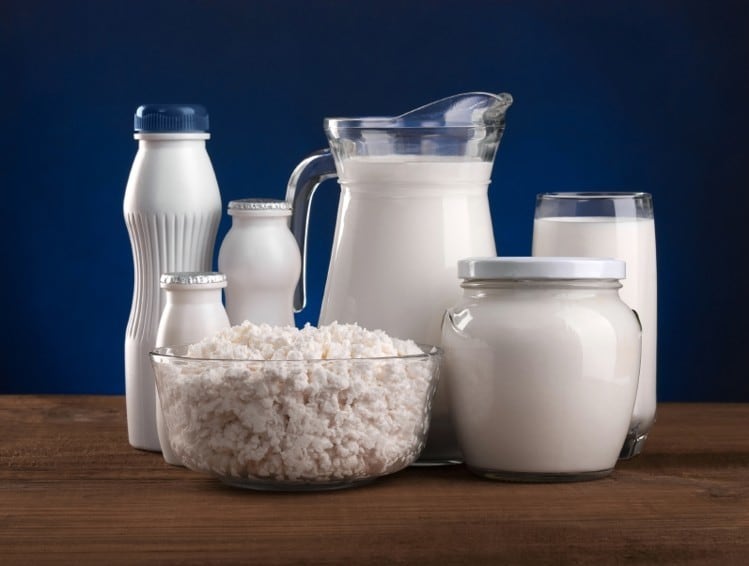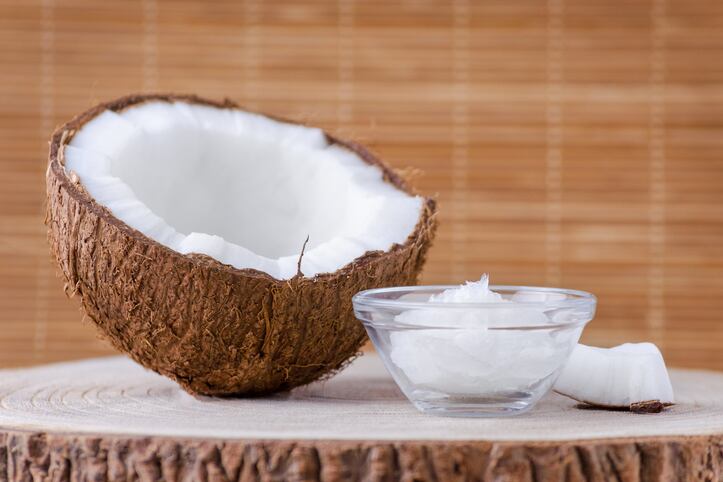China and New Zealand signed a free trade agreement (FTA) over a decade ago in 2008, and since then trade between both countries has increased three-fold to NZ$30bn (US$18.4bn).
China is also New Zealand’s largest trading partner in terms of goods, with some 27% of investment into the country focused on food and primary industries, according to the New Zealand Ministry of Foreign Affairs and Trade (MFAT).
Two of New Zealand’s top exports to China have traditionally been meat and dairy, but the former appears to be in increasingly hot water since the novel coronavirus or COVID-19 outbreak earlier this year, a situation that looks unlikely to improve anytime soon especially as the World Health Organisation has just declared the disease to be a pandemic.
According to data from the New Zealand government’s public statistics domain Stats NZ, the total value of exports to China as in February 2020 stood at some NZ$1.1bn (US$675.6mn) – already around NZ$142mn (US$87.2mn) less it was during the same timeframe last year.
“Meat exports to China [were amongst the worst hit] at just NZ$170mn (US$104.3mn) across four weeks ending February 23, down almost 40% from about NZ$282mn (US$172.9mn) in 2019 and below projections [of NZ$283mn (US$73.5mn)],” said Stats NZ spokesman James Weir.
“Seafood exports to China fell over 57% when comparing the five weeks ending February 23 to last year, from NZ$70mn (US$42.9mn) in 2019 to NZ$30mn (US$18.4mn) this year. [This was less than half of the] projected NZ$70mn (US$42.9mn) expected for the sector.”
COVID-19 has been named as the reason behind these performance deficits as Stats NZ also performed an analysis on overall trade numbers between New Zealand and all other East Asian countries (Japan, Korea, South East Asia, Hong Kong, Taiwan, etc.) for the four weeks ending February 23 2020, which were found to be largely similar to those in 2019.
[Editor’s note: As of February 23, the large jumps in COVID-19 cases in South Korea had not yet occurred, nor had the outbreak been declared a pandemic by the WHO.]
“The total value of exports to all other [East Asian] countries excluding China [stood at] about NZ$3.6bn (US$2.2bn), about the same as the same period last year,” Weir added.
Traders feeling blue
According to New Zealand Trade and Enterprise (NZTE), these drops have occurred despite there being no changes to any trade-related regulatory changes between the two countries.
“[There] is no change to the regulatory settings for trade between New Zealand and [China]. No additional sanitary or phytosanitary requirements are required by the government on market access for primary sector products exports and imports due to novel coronavirus,” NZTE said in a statement on its website.
“The Ministry of Primary Industries has received confirmation from food safety, customs, and animal and plant quarantine officials stating that there are no changes to their customs and import clearance procedures.”
Despite theses reassurances, the numbers speak for themselves and various New Zealand businesses including F&B firms are already anticipating the worst.
In a survey of 170 businesses involved in trade with China, the NZ Business Roundtable in China (NZBRiC) quantified the material impact of the COVID-19 outbreak for these companies and found generally negative predictions of outcomes.
“The COVID-19 outbreak is expected to have a significant impact on New Zealand companies. While most of the downturn is expected to be the first quarter, more than four in five Kiwi exporters expect 2020 to end with China revenue down at least 10%,” said NZBRiC Chair Ivan Kinsella in a formal statement.
“81% of respondents expected China export revenue to be down at least 10% in 2020, with 87% expecting the reduction to take place in first quarter.”
Even predictions for a few months down the line look bleak with almost one-third expecting at least a 40% reduction in Q1 of this year, and 11% expecting this level of impact to impact their full 2020 results.
“China’s forceful quarantine measures taken to contain the spread of the virus have heavily impacted production and supply chain reliability. Once the restrictions are removed the economy is expected to bounce back quickly although it might not regain all of the lost ground,” said Kinsella.
Dairy stands strong
Despite all the turmoil worldwide, New Zealand dairy exports appear to still have remained steady, both to China and other countries.
As of February 23, dairy export values stood at NZ$413mn (US$253.5mn), even exhibiting over 32% in growth from 2019’s NZ$312mn (US$191.8mn).
“Dairy export values to China [have been] comparable to 2019 because higher prices have compensated for lower quantities,” said Weir.
Help for businesses may also be on the way – earlier this month, Finance Minister Grant Robertson said the government was ‘actively considering a range of options’ to help those affected by the outbreak.
"We are taking the necessary steps to best protect the New Zealand economy from the global economic disruption caused by COVID-19 and to position us to successfully come out the other side of it,” Robertson said.
"We're in regular contact with business, unions and affected industries about how COVID-19 is affecting cashflow.”





